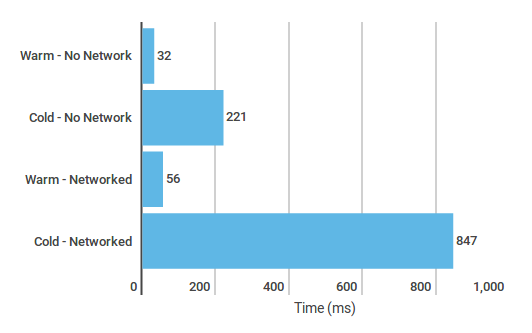2-minute read
AWS Lambda is a fantastic tool for saving time, energy, and money. With server management off your plate, you can focus on writing great code. Even though you’re charged only per 100ms your code runs, it’s important to work smart. Adhering to best practices will ensure you maximize what Lambda can do for you.
1. Work cleanly
AWS Architect George Mao discusses Lambda best practices on the official Amazon blog. One element covered is the importance of managing concurrency. Setting a function level concurrent execution limit requires you to be aware of your entire Lambda ecosystem, both upstream and downstream. Keeping your entire process in mind as you write your functions will encourage you to write succinctly and in a way that scales properly. The official AWS Lambda best practices documentation also recommends deleting Lambda functions you’re no longer using; keeping your repository clear of unused functions prevents accidental recycling.
2. Watch the clock
In a blog post on A Cloud Guru, Mitchell Harris of Fourthcast suggests careful management of your timing. In his article about using Lambda for Alexa skills, Harris details the value of keeping instances “warm,” letting processes finish properly, and restricting timeout length: they all reduce latency and result in faster function deployments. Mao also suggests running functions faster by using memory to your advantage via over-provisioning.

3. Stay flexible and agile
Your code in Lambda should be as flexible and agile as possible, since this minimizes risk in the face of errors and saves time by allowing you to repurpose code for future projects. The importance of using environmental variables, compartmentalizing, and placing repeatable code in Lambda layers are discussed in the official Amazon documents. The smaller your functions and simpler your dependencies, the faster your code will execute and easier it will be to troubleshoot.

